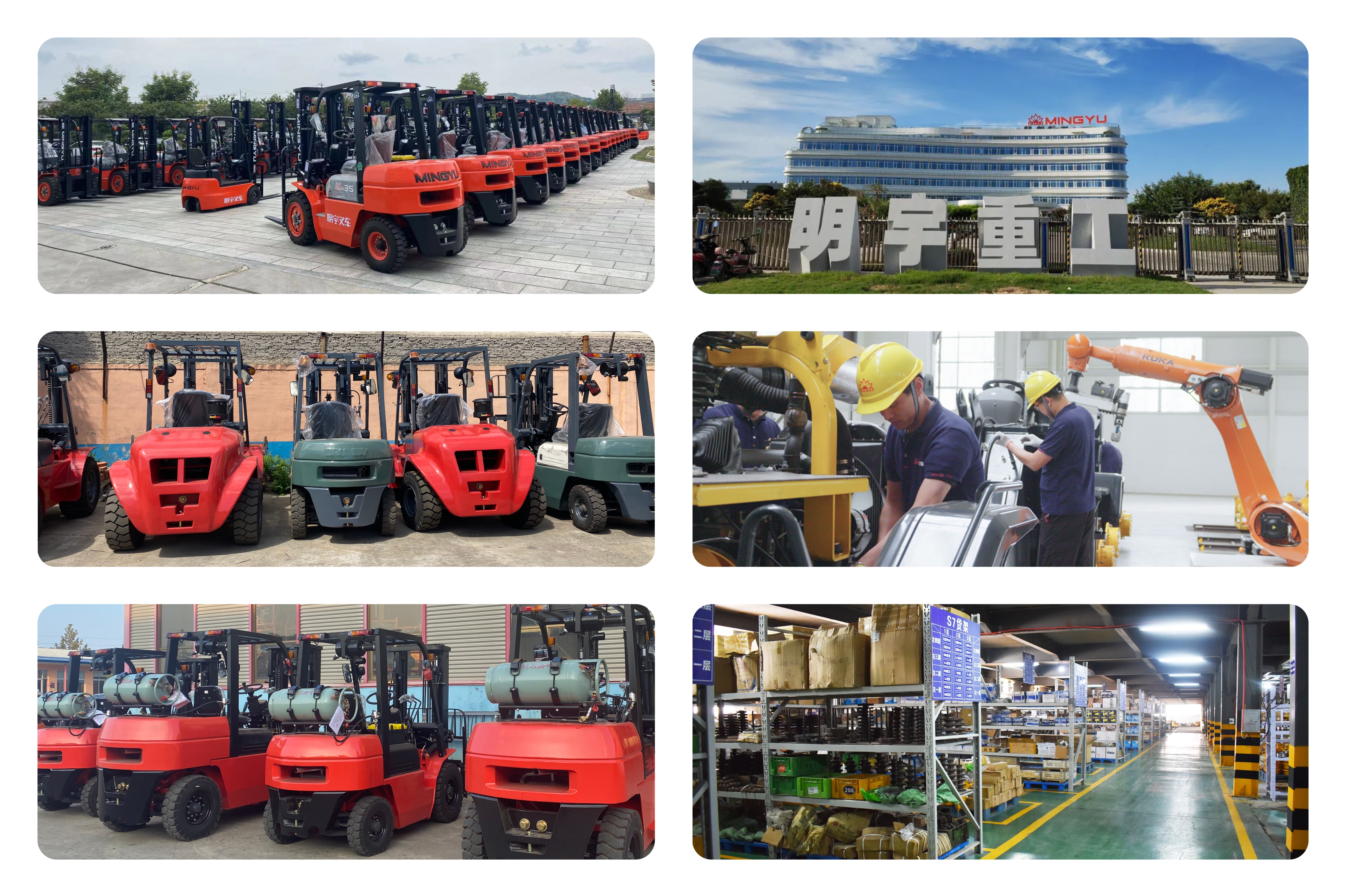
Driving a forklift on a grade can be a challenging task, but with proper training and caution, it can be done safely. Here’s a comprehensive guide to help you navigate inclines and declines with confidence.
Before we delve into the techniques, let's understand the risks involved in driving a forklift on a grade:
Tip-over: This is the most significant risk, especially when turning or driving too fast on a slope.
Load Slippage: Uneven terrain or excessive load weight can cause the load to shift and potentially fall.
Reduced Visibility: Steep grades can obstruct the operator's view, making it difficult to assess the surroundings.
Operator Training:
Ensure that all operators are adequately trained in forklift operation, with specific emphasis on grade driving.
Regular refresher courses can help maintain skills and awareness.
Forklift Inspection:
Conduct daily pre-operational inspections to identify and rectify any mechanical issues that could compromise safety.
Pay particular attention to tire condition, hydraulic fluid levels, and steering mechanisms.
Load Security:
Securely load all materials to prevent shifting during transport.
Use load stabilizers or chains as needed.
Never exceed the forklift's rated load capacity.
Grade Limits:
Adhere to the manufacturer's recommended grade limits for your specific forklift model.
Avoid exceeding these limits, as it can significantly increase the risk of accidents.
Safe Speeds:
Reduce speed on inclines and declines.
Avoid sudden acceleration or braking, as this can destabilize the forklift.
Turning on Grades:
Turn slowly and smoothly on grades.
Avoid sharp turns, especially on steep slopes.
Consider backing up if turning is necessary.
Driving Direction:
Whenever possible, drive uphill rather than downhill.
If downhill driving is unavoidable, use low gear and engage the parking brake when stopping.
Load Positioning:
Position the load as close to the mast as possible to improve stability.
Avoid tilting the mast forward, as this can shift the weight distribution and increase the risk of tipping.
Ground Conditions:
Be mindful of the ground conditions.
Avoid driving on uneven or slippery surfaces, as they can reduce traction and increase the risk of accidents.
Weather Conditions:
Exercise extra caution in adverse weather conditions, such as rain, snow, or fog.
Reduced visibility and slippery surfaces can significantly increase the risk of accidents.
Parking on Grades:
Engage the parking brake and block the wheels to prevent the forklift from rolling.
Consider using wheel chocks for added security.
Crossing Grades:
Cross grades perpendicularly to minimize the angle of incline.
Reduce speed and avoid sudden maneuvers.
By following these guidelines, you can safely operate a forklift on grades and minimize the risk of accidents. Remember, safety should always be the top priority.

Name: selena
Mobile:+86-13176910558
Tel:+86-0535-2090977
Whatsapp:8613181602336
Email:vip@mingyuforklift.com
Add:Xiaqiu Town, Laizhou, Yantai City, Shandong Province, China